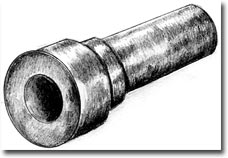Cold Forming
Applications for Cold Forming Parts
BMF believes in early product development hand in hand with our customers. It is critical with cold-formed parts to have the right design & right material to take full advantage of cold forming. Our engineers will lend assistance in this development of not only the cold form part but also the entire assembly so you can bring your product to market on time and at the lowest cost possible.
- Cold formed components are used in many different industries, such as:
- Automotive and Truck
- Agricultural Machinery and Equipment
- Mining
- Off-highway Equipment and Railroad
- Valves, Fittings and Oil Field Applications
- Ordnance and Shipbuilding
- Hand Tools and Hardware
- Medical
- General Industrial Equipment
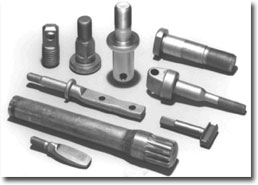


Advantages
Cold forming replaces hot forged and machined parts with a NET SHAPE cold formed part, requiring no secondary machining and eliminating additional time and cost. Splines can be made on O.D. and I.D.
Ten ways that Cold Forming can help you reduce cost:
- Greater strength to weight ratio
- Less material needed
- Fewer secondary operations
- Eliminate or reduce machining
- Eliminate costly fabrications and assemblies
- Eliminate welding
- Use less expensive materials achieving the same strength
- Quicker print to part startup
- Reduce inspection and testing
- Optimize complete assembly by less components needed
Traceability
- Material heat is designated to steel at time of pouring. This heat I.D. is maintained throughout processing
- Work order & run code are assigned to each heat prior to processing. These assignments allow us to trace material and all production records back to Mill heat of material. Upon customer requests, this number can be formed directly into the part for field traceability.
- Parts shipped to the customer with full traceability to mill heat of material.
Additional Cold Forming Facts
- Yield strength increases: 100% - 300%
- Ultimate tensile strength increases: 30% - 120%
- Hardness increases: 60% - 150%
- Elongation decreases: 20% - 90%
- Reduction of area decreases: 20% - 60%
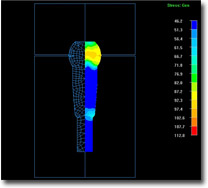
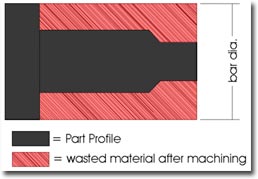
Comparison
Unbroken grain makes the strongest part possible. Cold formed parts replace traditional hot forged and machined parts with a stronger, net shape part requiring no secondary machining and increasing machine throughput. Cold forming vs. machining saves an average of 49% in material costs alone.
Consider cold forming instead of...
Hot forging
Cold formed parts are stronger, with better metallurgical properties, less costly, net or near net shape, lower scrap, simplified production, and more reliable service performance.
Castings
Cold formed parts are stronger, more reliable and overall less costly, with better dimensional stability and tighter tolerancing.
Powder metal
Cold formed parts are stronger, with higher part integrity, fewer secondary operations, and less costly material.
Machined from bar stock
Cold formed parts are stronger, with more cost-effective use of materials providing lower scrap. A near net shape cold formed part lowers machining time and requires fewer secondary operations.
Weldments and stamping fabrications
Cold formed parts are stronger, production economies, materials savings, more consistent, better metallurgical properties, simplified production, and lowers the cost of design and inspections.
Reinforced plastic / Composites
Cold formed parts are stronger, with less costly materials, more reliable service performance. They have established documentation, greater productivity and a broader service temperature range.
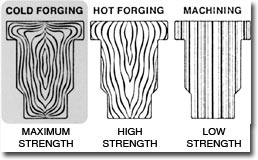
Typical Geometry
Stepped Down Extrusion
Extrusion and Upset
Beveled Pinion
Backward Extrusion
Through holes can be made